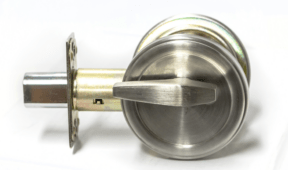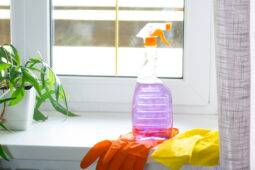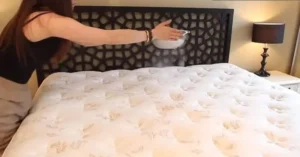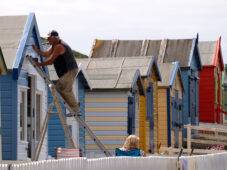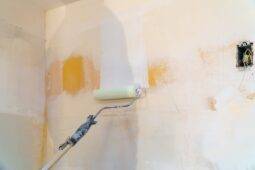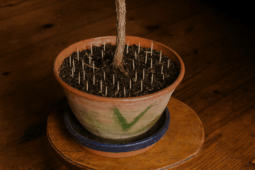Move-In Checklist: Do These Immediately After Moving Into A New Home
Moving into a new home is exciting, but it can also feel like you’re juggling a dozen things at once, and the chaos of moving day doesn’t just end when the truck pulls away. There are important things to do right after settling in, and the sooner you handle them, the easier the transition will be. This checklist covers the most important first steps after moving into a new place, simple, useful tasks that will help you feel truly at home.
1. Change the Locks
You never really know who has keys to your new place. Contractors, previous owners, or even old tenants might still have copies. Changing the locks is a quick step that gives some extra security and peace of mind. Schedule a locksmith on move-in day, or replace the locks yourself if you’re comfortable doing it. Don’t forget garage doors, back doors, and any side entrances while you’re at it.
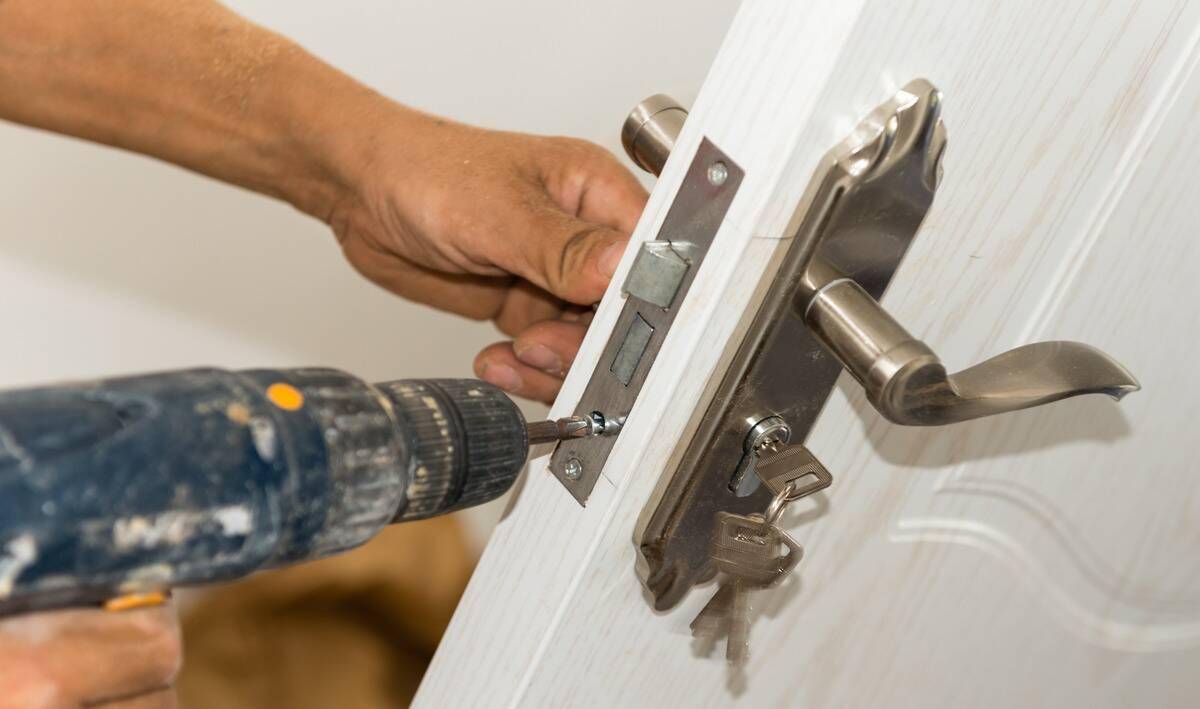
2. Locate Your Shut-Offs
Emergencies don’t wait until you’re fully moved in. Find out where the water shut-off valve, electrical panel, and gas shut-off are located as soon as you arrive, then test them to make sure they’re working. It’s also smart to label your circuit breakers if they aren’t already. These details might seem small… until something goes wrong. Then, they become the most important things in the house.
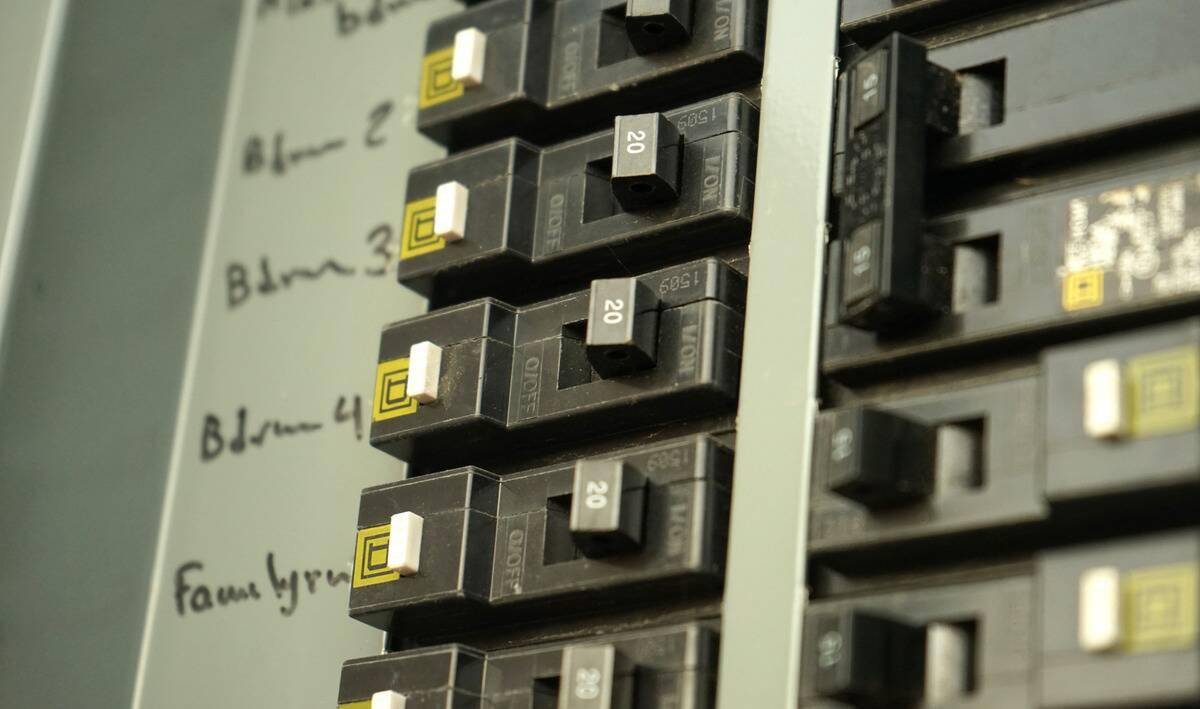
3. Do a Deep Clean
Even if the place looks tidy, it’s worth giving it a thorough clean before unpacking. Focus on high-touch areas, appliances, floors, and inside cabinets. You’ll want a clean slate before organizing and storing your belongings. If there’s no time to do it all at once, try to tackle it room by room, starting with the kitchen and bathroom. A few hours now can save you from that “grimy, forever-dirty corners” feeling later on.
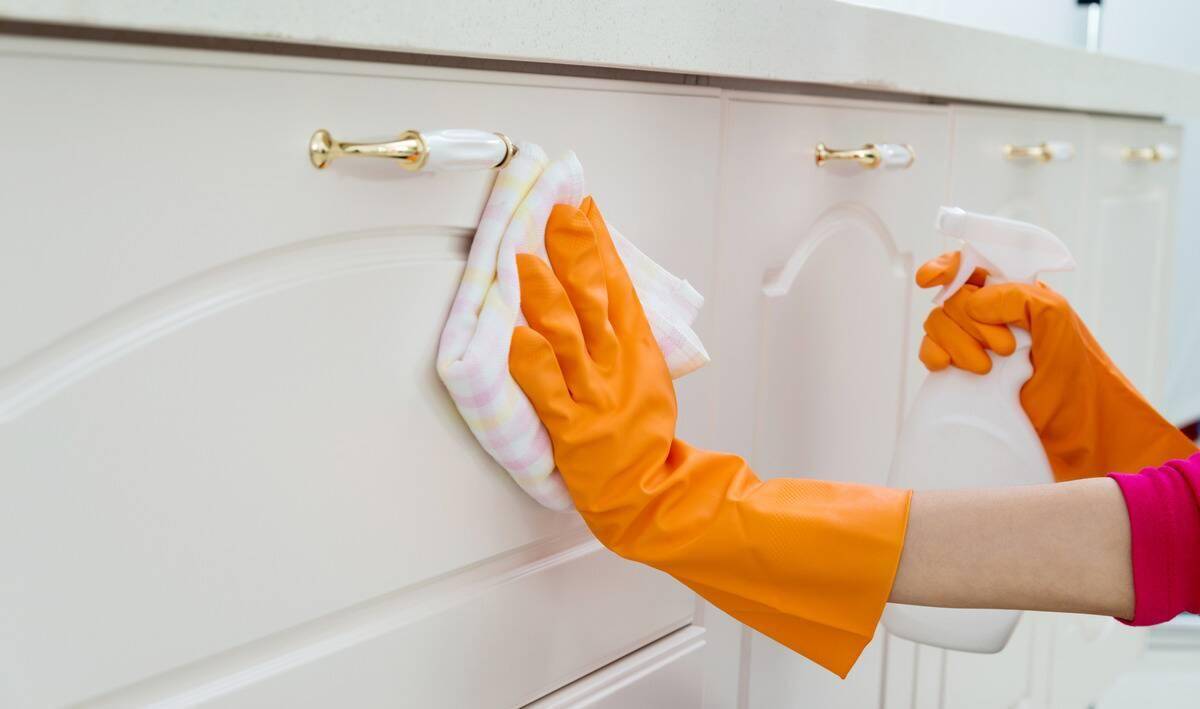
4. Set Up Essential Utilities
Check that your electricity, gas, water, and internet are all active. If any services weren’t switched over before your move, make those calls right away. It’s common to miss something small like garbage pickup or water billing, so confirm everything is under your name and ready to go for the following month. You’ll never feel settled in a place without power or water.
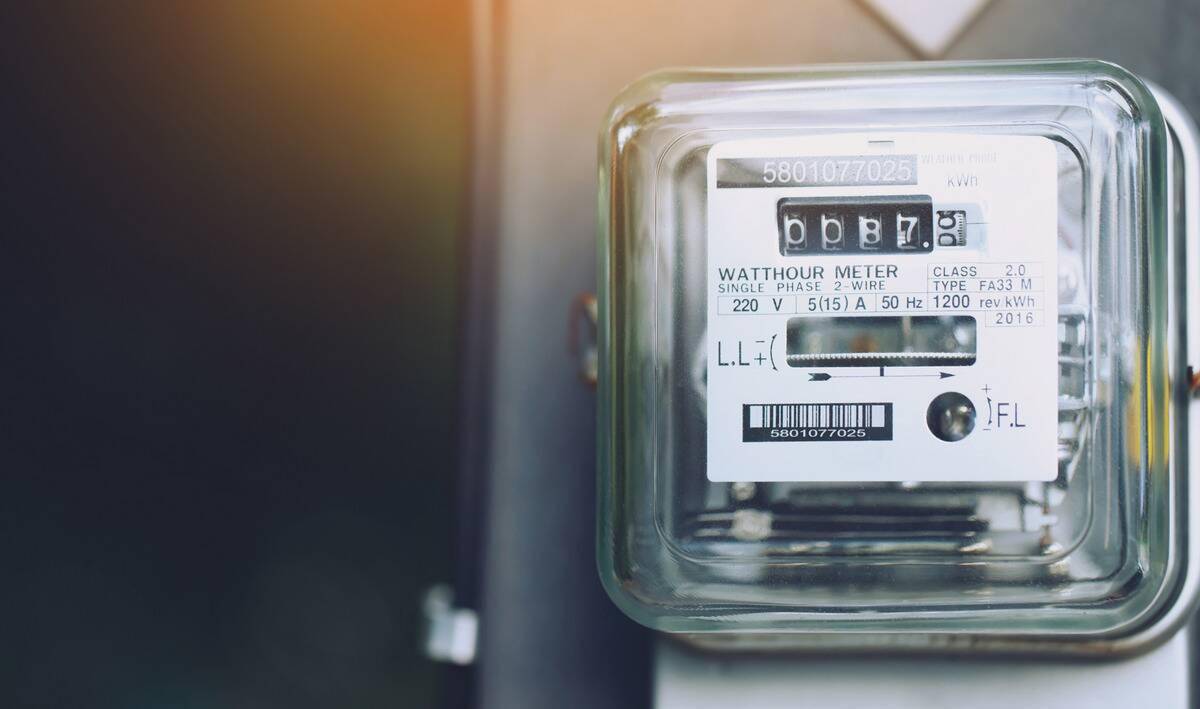
5. Inspect for Safety Hazards
Go room to room and look for anything that might be a health hazard. This includes exposed wires, loose handrails, non-working smoke detectors, or leaks. If you have children or pets, double-check sharp corners, open outlets, or accessible cleaning products. Fixing these early not only protects your household, but also helps you avoid bigger, more serious problems down the road.
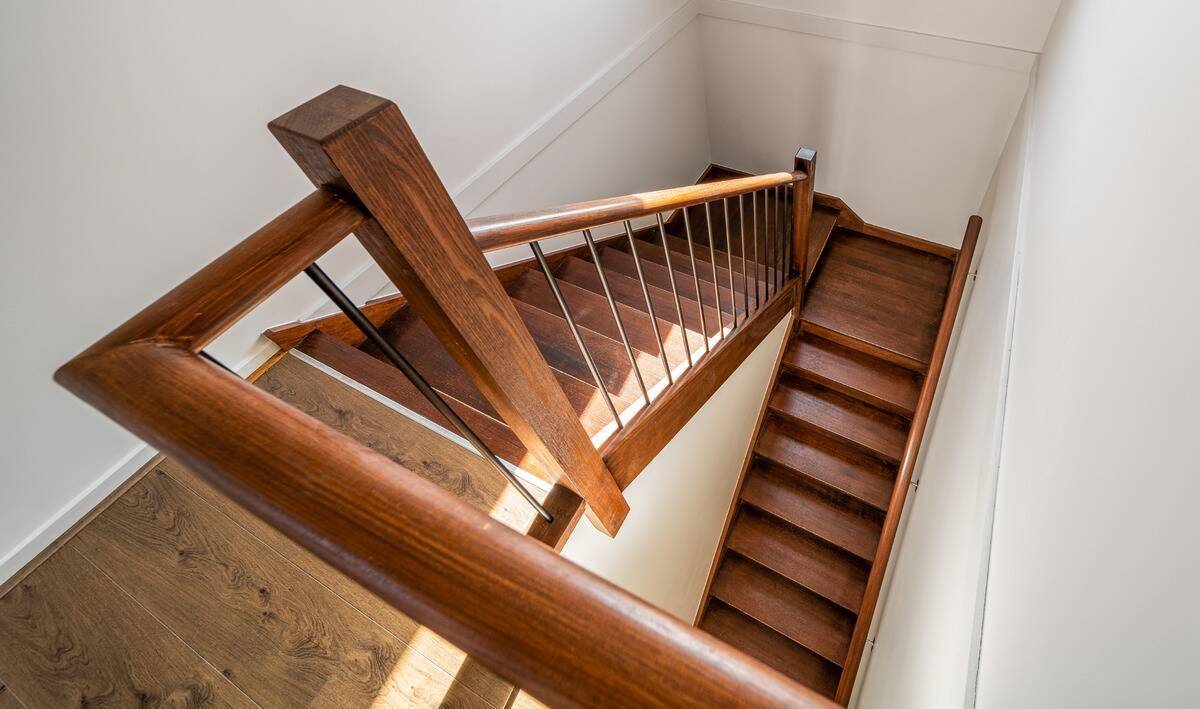
6. Take Inventory and Document Damage
If you’re renting, or even if you just want to track the home’s condition for your records, take photos of any wear and tear you notice before you unpack anything. Scratches, stains, cracks, note them all. It takes just a few minutes and could be important for insurance or deposit returns later. Even in a new home, documentation is smart!
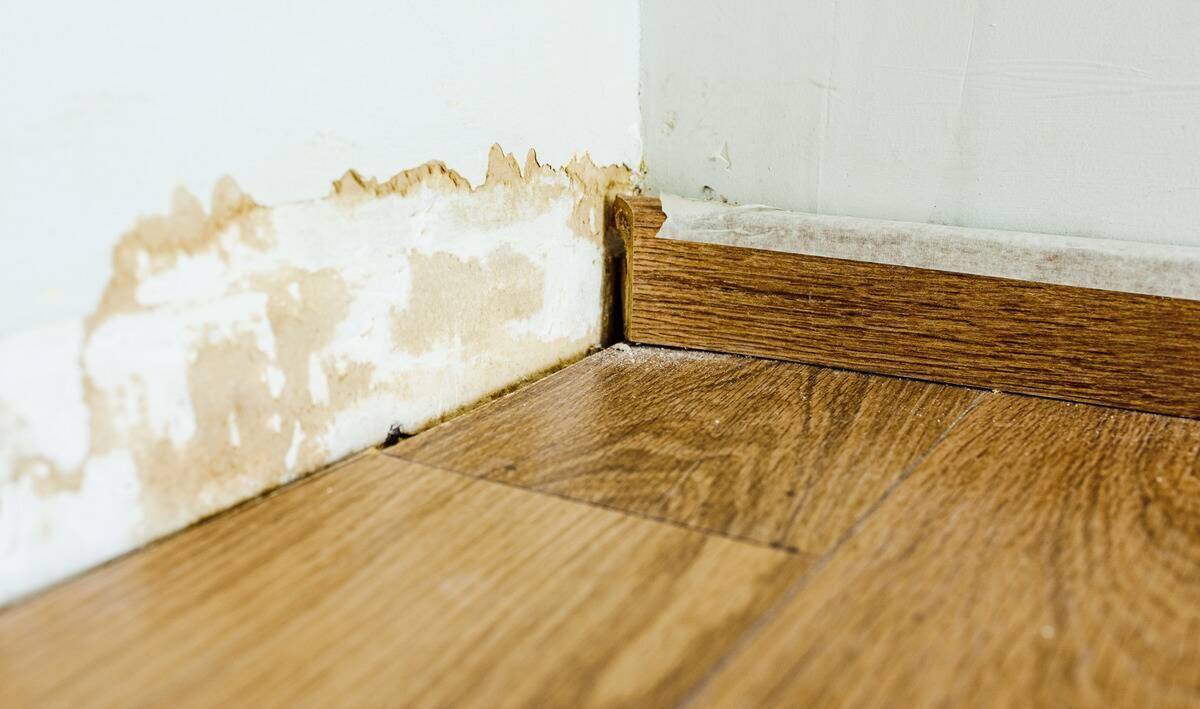
7. Update Your Address
Changing your address isn’t just about making sure your mail gets rerouted. Don’t forget to update your information with the post office, bank, insurance, employer, doctor, and any subscription or shopping services. Missing a bill or other important letter is frustrating, but it’s easy to avoid. If you’re unsure who still needs your new address, start a running list and add to it as things come up.
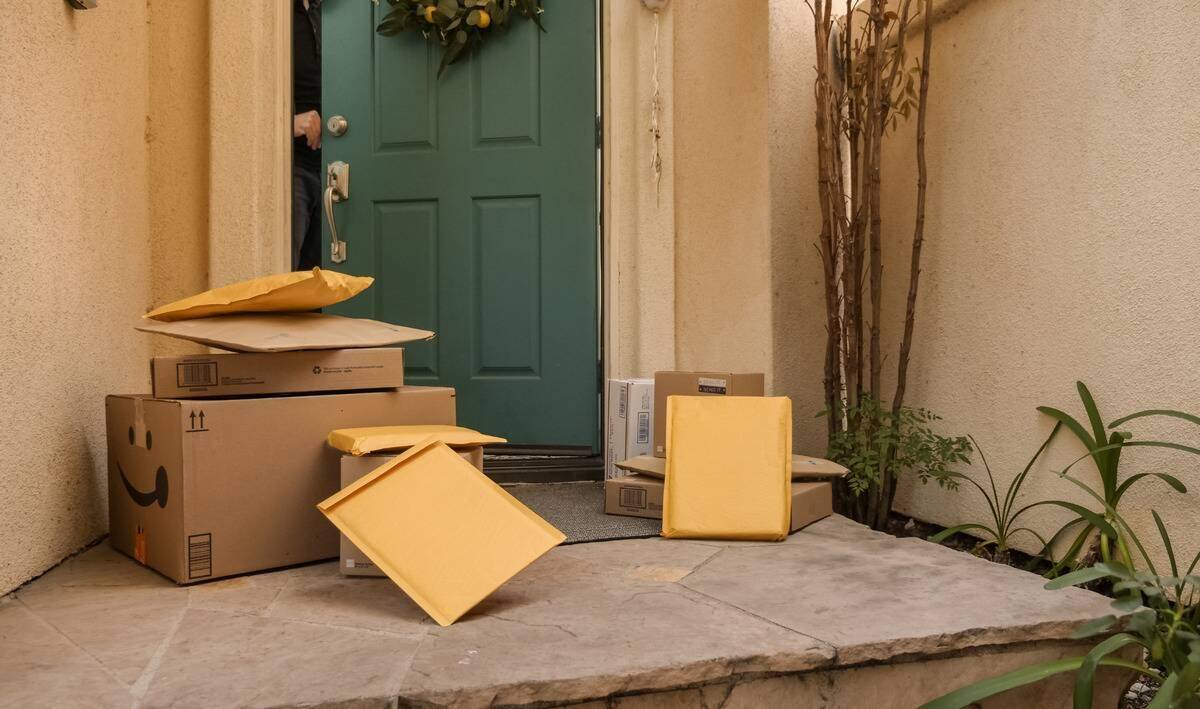
8. Make a Home Essentials Run
No matter how prepared you were before the move, there’s always something you forgot. Light bulbs, batteries, trash bags, shower curtains, or even a plunger. Once you’re in the house and filling the space, you’ll notice what’s missing. Make a list, head to the store, and grab all those little things as soon as you can, especially if they’re related to cleaning or cooking. You’ll want them sooner rather than later.
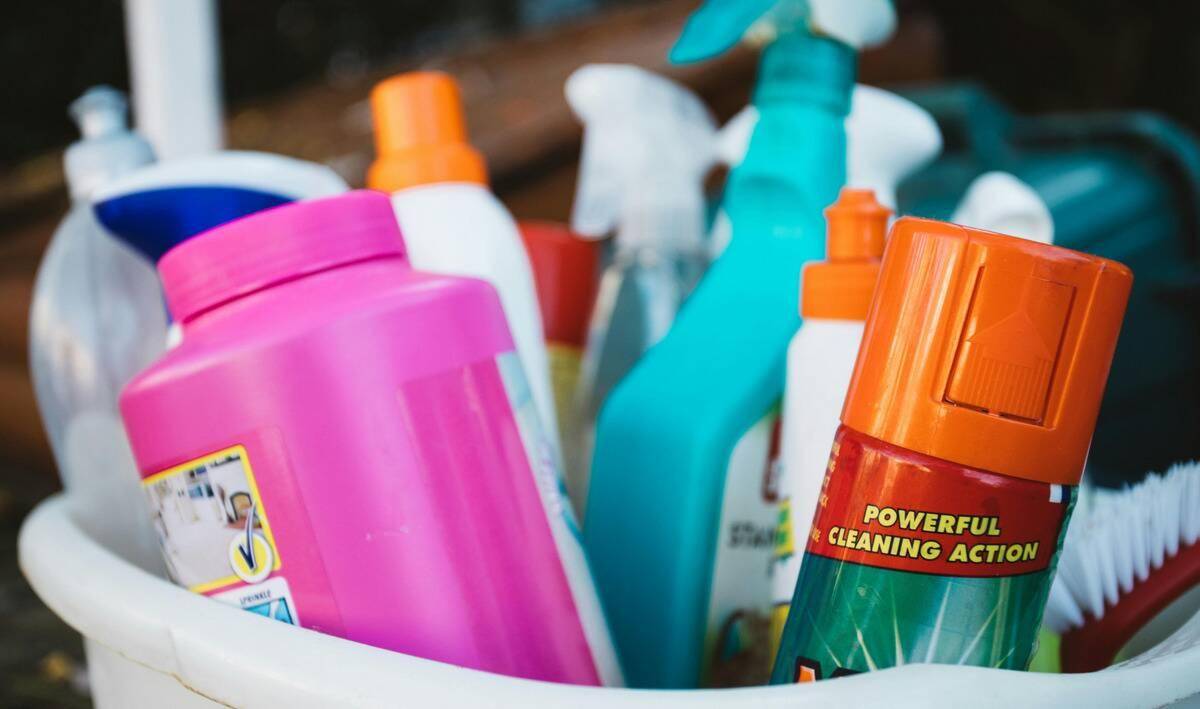
Related Articles
- Moving Container Vs. Rental Truck: The Pros & Cons
- Why New Homes Don’t Have Fireplaces Anymore
- Large Furniture Moving: Tips for Easy Relocation
The first few days in a new home can feel like a whirlwind, but a focused checklist can help you stay grounded. These steps help take care of your safety, comfort, and peace of mind during a usually stressful process. Once the basics are in place, you can finally settle in and start making the space your own. Take it one task at a time, it’ll come together faster than you think.

